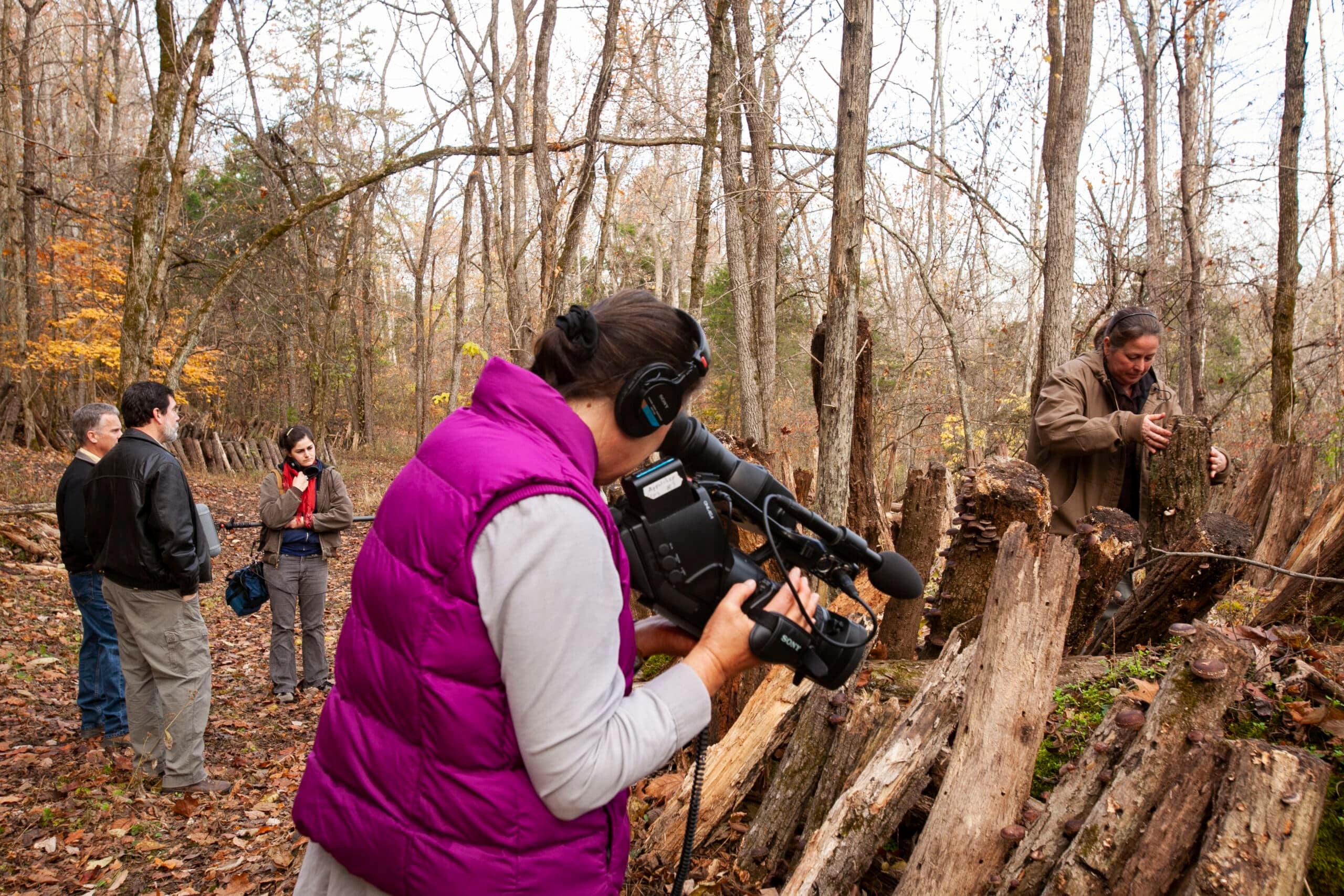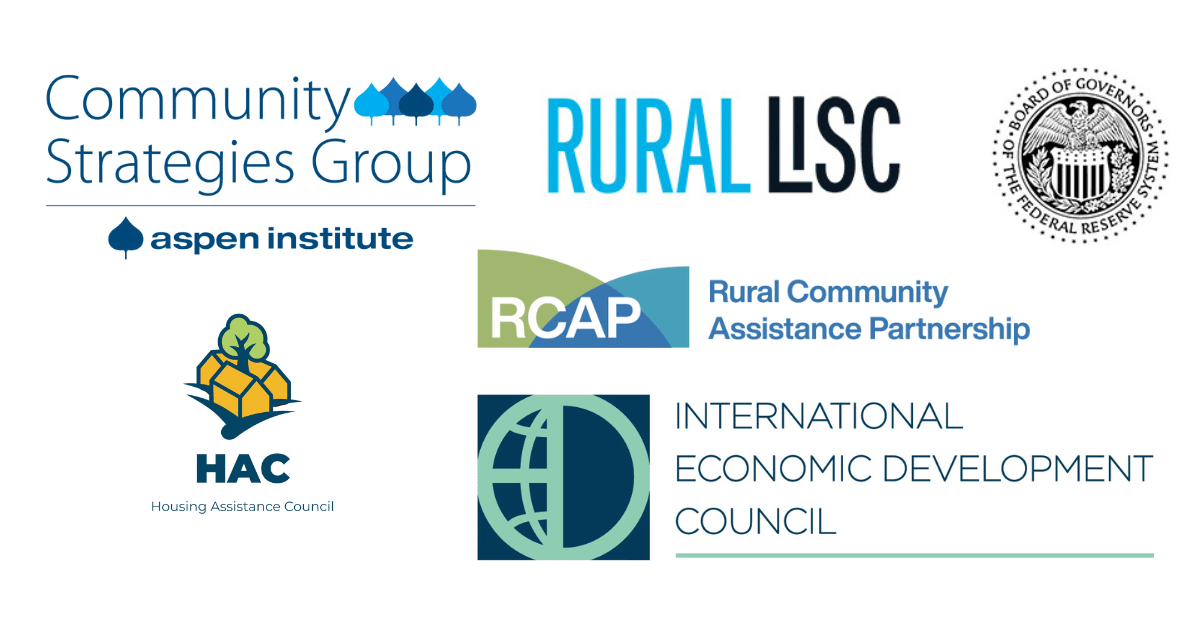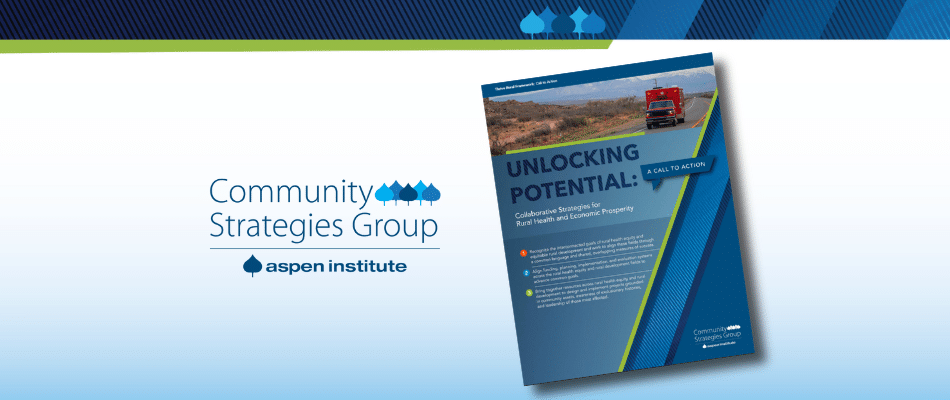Accurate rural narratives, driven partly by high-quality journalism, present an opportunity to help build trust and new relationships across geography. Increasing local media also gives rural and Indigenous people more timely and credible information about their community. Advancing these two issues could increase understanding and trust among diverse communities and regions.
Aspen CSG recently held a virtual discussion with 60 rural leaders focused on these issues. This learning reflection curates ideas and related resources shared by participants. We may not have all the answers, but together, we are learning strategies to change the national narrative on rural places to help communities and Native nations build trust and thrive.
Accurate Rural Narratives Build Trust
- Many rural residents and rural-based journalists maintain that national coverage of rural America and Native nations portrays rural areas inaccurately and that rural people rely heavily on social media as their primary source of information.
- As a result, accurate rural and Indigenous voices are missing from conversations on important issues, from climate change to inequality. At the same time, rural people lack coverage of local issues and face increasing disinformation.
- Increased local media gives rural and Indigenous people more timely and credible information about their community.
- Community-based news covering critical local issues is the tissue that binds together a community and builds trust.
- “You give power to what you give attention to.” What is reported on the cover page of newspapers is given importance – accurate rural stories need to show up in prominent places to change the narrative.
Accurate Narratives Break Down Stereotypes
- Neither rural “idyllic” nor rural “illicit.” The way rural people and places are represented in media and reporting is an essential part of narrative change. If rural is only represented as barns and cows, or opioid drug use, then the truth of rural communities is hidden behind stereotypes.
- Inaccurate and old narratives need to die. Rural is not dying or dead; it’s thriving with new population growth and opportunity.
- Accurate depictions of rural places are needed, and new photo collectives are helping provide journalists with real pictures of real people in rural areas.
- Deep Indigo Collective and The Urban Indian Health Institute’s “We Exist” stock image galleries are two places to look for good rural photos.
- The collected reach of all the weeklies and dailies from small towns across America reach more readers than the big legacy media that is leading the conversation nationally.
- The newspaper in your small town may be little, but folks who rely on that type of news coverage are in the majority.
Rural Issues are Global Issues
- Rural issues are global issues. Rural areas and small towns are some of the best places to talk about national and international issues, for example, climate change impacts or international trade and commodities. These are huge issues, and the opportunity is incredibly rich in small towns and rural America to tell these big stories.
- Like state issues – regional and community newspapers are often the only sources of quality reporting on state-level policy.
- Stories only focused on a rural issue run the risk of losing relevance or connection to larger societal issues. Ideally, rural issues are integrated into a broader story that shows the links across rural and urban geographies and topics.
- Burying the lede: Even when reporters cover important rural stories, they don’t always get it right. Instead of sharing the details of how a rural effort may transform the entire country, sometimes what is reported is the minute details of the particular rural story.
- Rural organizations must be better at crisp talking points that clearly articulate the national and international implications of efforts underway, so journalists can cover the real story.
Building Rural News Capacity
- Storytelling by rural organizations is a crucial way to share positive stories. Email newsletters and podcasts are new-ish techniques that rural organizations use to get the word out to their communities.
- Regional reporting networks are a way to build scale and share important rural stories. Rural News Network and the ProPublica Local Reporting Network are efforts to connect and uplift rural stories.
- The lack of staff capacity to report on rural news is an unfortunate reality. Fellowships and journalism internships are an excellent way to staff up your effort.
- Report for America Fellowship
- Daily Yonder Fellowship
- Editors and Publishers Program
- National Trust for Local News
- Kentucky Press Association annual conference
- Local colleges and universities may have related student internships
- Community foundations have the power to elevate success stories from rural regions and fund or support community journalism efforts.
- Given today’s media landscape, there’s a challenge and need to reduce the complexity of reporting to share stories via social media.
- Social media interns from college can help staff this need for community news outlets.
- Social media is not always the best way to reach rural people and places, especially remote rural and persistent poverty areas where technology literacy and access may be lower.
- Accessibility for community reporting is very important. Closed captioning to reach deaf and hard of hearing audiences, accessibility design of websites and news articles for visually impaired users, and Spanish language access for growing Hispanic rural populations.
- Connecting with multicultural centers and Spanish language radio and print is crucial to reach new rural audiences.
- AgrAbility National Training Workshop is a national meeting on accessibility for rural issues.
The ideas and most of the resources shared in this blog arose from a wide-ranging conversation among rural development practitioners and allies. The learning reflection was curated by Devin Deaton, Action Learning Manager with the Aspen Institute Community Strategies Group. Open Field sessions are a part of Aspen CSG’s work with the Thrive Rural Framework, a tool that aims to help communities and Native nations across the rural United States become healthy places where each and every person belongs, lives with dignity, and thrives. To join the next Open Field session, register here.






